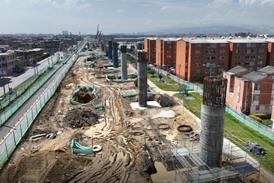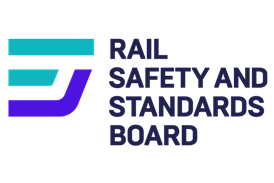GREATER safety, improved capacity and better passenger facilities are the main thrust of Indian Railways’ budget for 2000-01, approved by parliament on March 13. All three areas have increased allocations, while investment in new lines is up by 61%. There is funding for three new gauge conversion projects, 15 doubling schemes, seven new lines and 25 new line surveys. Total investment rises 23% to Rs1·1bn.
In her first budget, Railway Minister Mamata Banerjee proposes to tackle IR’s poor financial situation by raising revenue from non-core activities. These include development of land and air space, using rights-of-way for fibre-optic communications, and opening up to 100 budget hotels at stations.
Slippage in rail’s share of the freight market is to be tackled by an eight-point plan which includes recovery of high-value goods lost to road, widespread adoption of piggyback operation, and providing customers with real-time information. Capacity is to be gained by pathing fast freights immediately behind passenger expresses. Ms Banerjee was confident that such measures could raise market share from the present 40% to 50% by 2010. Freight rates for all but essential commodities are to rise by 5%.
Expenditure on signalling and telecommunications rises by 26% and on track renewals by 37%, emphasising the importance of safety following recent accidents, including staff training. Rs30m has been earmarked to increase the number of staffed level crossings and replace others by bridges.
- The Ministry of Railways has issued an invitation to prequalify by May 22 for the manufacture, installation and commissioning of an ETCS Level 2 pilot project. Equipment is to be installed on 40 locos and 84 km of Central Railway’s double-track line from Delhi to Mathura Junction, paving the way for trunk routes linking India’s four major cities to be equipped by 2010 (RG 1.00 p6).




















